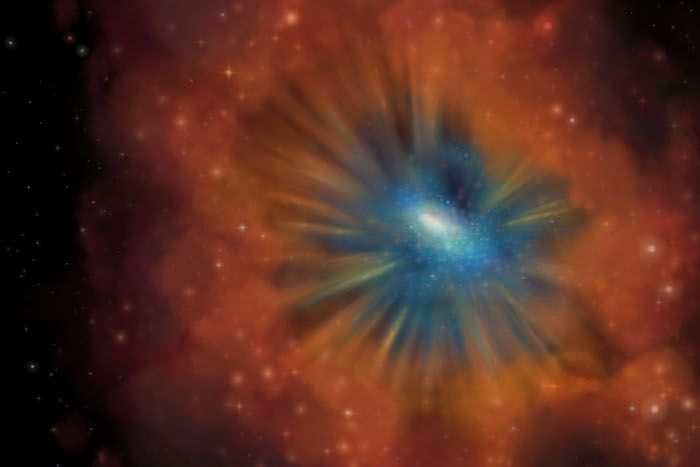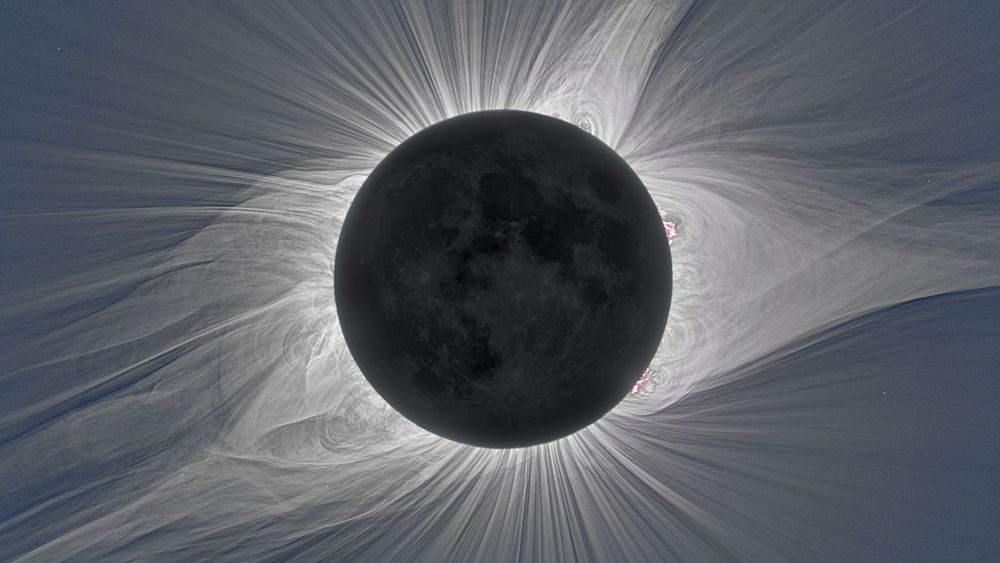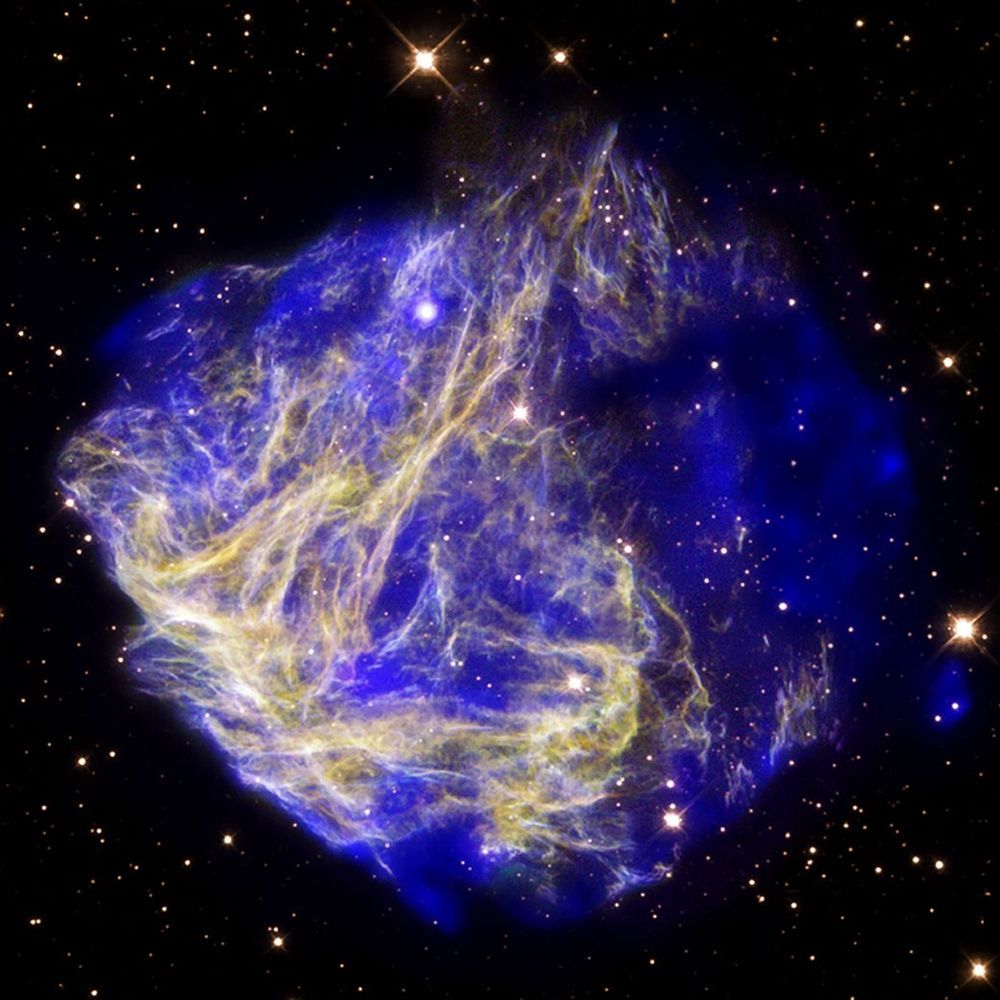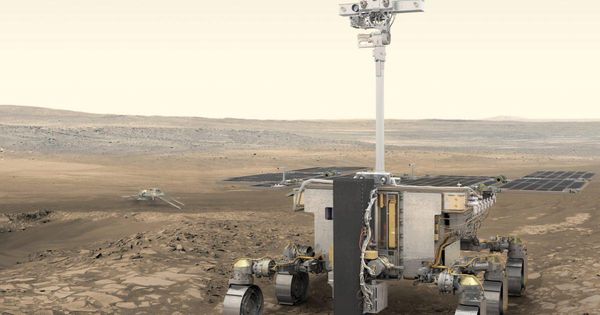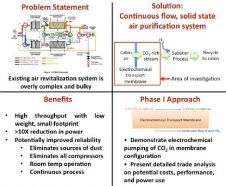Archive for the ‘space’ category: Page 772
Jun 15, 2019
Extremely low-frequency electromagnetic fields cause DNA strand breaks in normal cells
Posted by Richard Christophr Saragoza in categories: biotech/medical, space
Conclusions:
Extremely low frequency electromagnetic fields aren’t considered as a real carcinogenic agent despite the fact that some studies have showed impairment of the DNA integrity in different cells lines. The aim of this study was evaluation of the late effects of a 100 Hz and 5.6 mT electromagnetic field, applied continuously or discontinuously, on the DNA integrity of Vero cells assessed by alkaline Comet assay and by cell cycle analysis. Normal Vero cells were exposed to extremely low frequency electromagnetic fields (100 Hz, 5.6 mT) for 45 minutes. The Comet assay and cell cycle analysis were performed 48 hours after the treatment.
Exposed samples presented an increase of the number of cells with high damaged DNA as compared with non-exposed cells. Quantitative evaluation of the comet assay showed a significantly (0.001) increase of the tail lengths, of the quantity of DNA in tail and of Olive tail moments, respectively. Cell cycle analysis showed an increase of the frequency of the cells in S phase, proving the occurrence of single strand breaks. The most probable mechanism of induction of the registered effects is the production of different types of reactive oxygen species.
Jun 15, 2019
Ad Astra | Official Trailer [HD] | 20th Century FOX
Posted by Derick Lee in category: space

Astronaut Roy McBride (Brad Pitt) travels to the outer edges of the solar system to find his missing father and unravel a mystery that threatens the survival of our planet. His journey will uncover secrets that challenge the nature of human existence and our place in the cosmos.
Jun 14, 2019
‘Cold Quasars’ May Be at the End of Their Lives, But They Can Still Birth Stars
Posted by Genevieve Klien in category: space
Quasars usually signify the end of a galaxy’s star formation, but new research suggests some, if not all, galaxies may continue to build new stars for a few million years after the process should have ended.
Jun 14, 2019
Next Month’s Total Solar Eclipse Will Pass Right Over a Space Observatory
Posted by Genevieve Klien in categories: physics, space
Next month, a total solar eclipse will pass over a slice of the South Pacific, Chile, and Argentina—and directly over an observatory in the Andes run by the National Science Foundation.
Astronomers and physicists are now preparing the experiments they plan to run during the eclipse. As with past eclipses, these experiments will focus on observing the Sun, as well as the effects of eclipses on Earth.
Jun 14, 2019
A Data Storage Revolution? DNA Can Store Near Limitless Data in Almost Zero Space
Posted by Quinn Sena in categories: computing, information science, space
In the age of big data, we are quickly producing far more digital information than we can possibly store.
Last year, $20 billion was spent on new data centers in the US alone, doubling the capital expenditure on data center infrastructure from 2016.
And even with skyrocketing investment in data storage, corporations and the public sector are falling behind.
Jun 14, 2019
Origins of Saturn’s rings are uncovered thanks to NASA’s Cassini probe
Posted by Alberto Lao in categories: particle physics, space
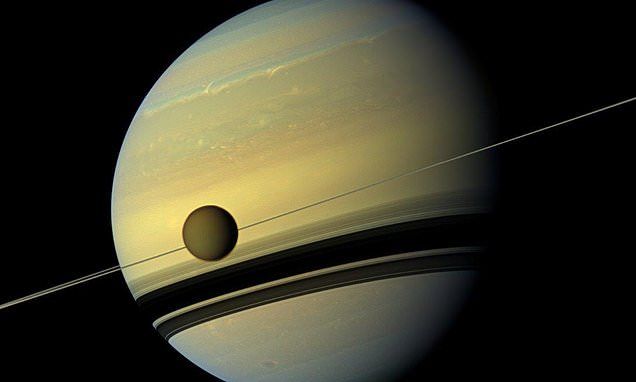
Exactly how and when the Saturn’s rings formed is an issue that has fascinated astronomers and planetary scientists for centuries.
The rings are made mostly of particles of water ice that range in size from smaller than a grain of sand to as large as mountains.
Continue reading “Origins of Saturn’s rings are uncovered thanks to NASA’s Cassini probe” »
Jun 14, 2019
Lunar-Polar Propellant Mining Outpost (LPMO): Affordable Exploration and Industrialization
Posted by Klaus Baldauf in categories: energy, space
The Lunar Polar Gas-Dynamic Mining Outpost (LGMO) (see quad chart graphic) is a breakthrough mission architecture that promises to greatly reduce the cost of human exploration and industrialization of the Moon. LGMO is based on two new innovations that together solve the problem of affordable lunar polar ice mining for propellant production. The first innovation is based on a new insight into lunar topography: our analysis suggests that there are large (hundreds of meters) landing areas in small (0.5−1.5 km) nearpolar craters on which the surface is permafrost in perpetual darkness but with perpetual sunlight available at altitudes of only 10s to 100s of meters. In these prospective landing sites, deployable solar arrays held vertically on masts 100 m or so in length (lightweight and feasible in lunar gravity) can provide nearly continuous power.


